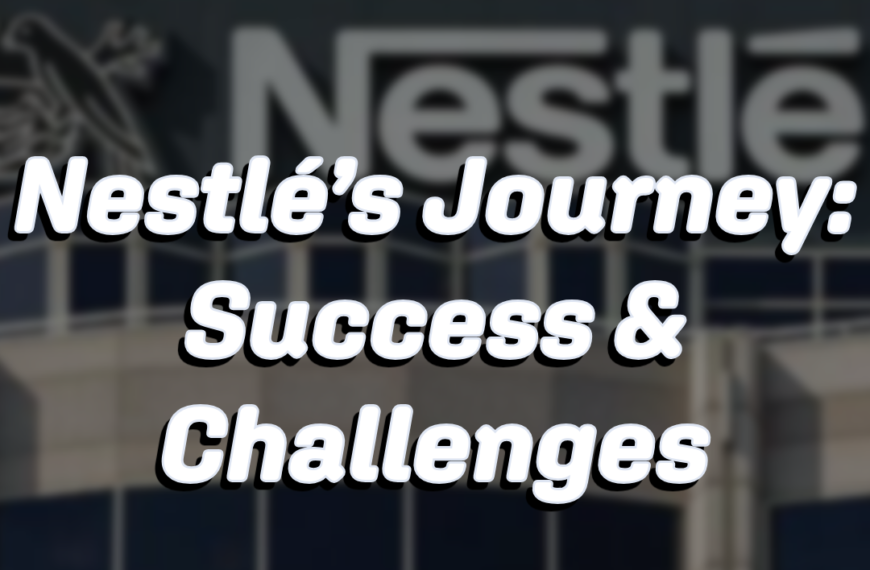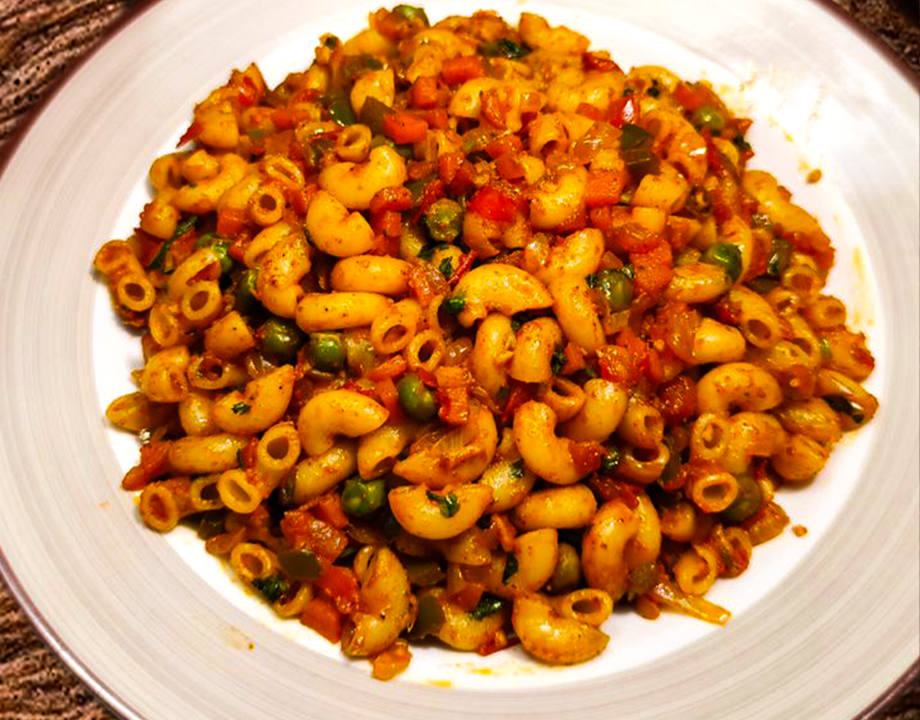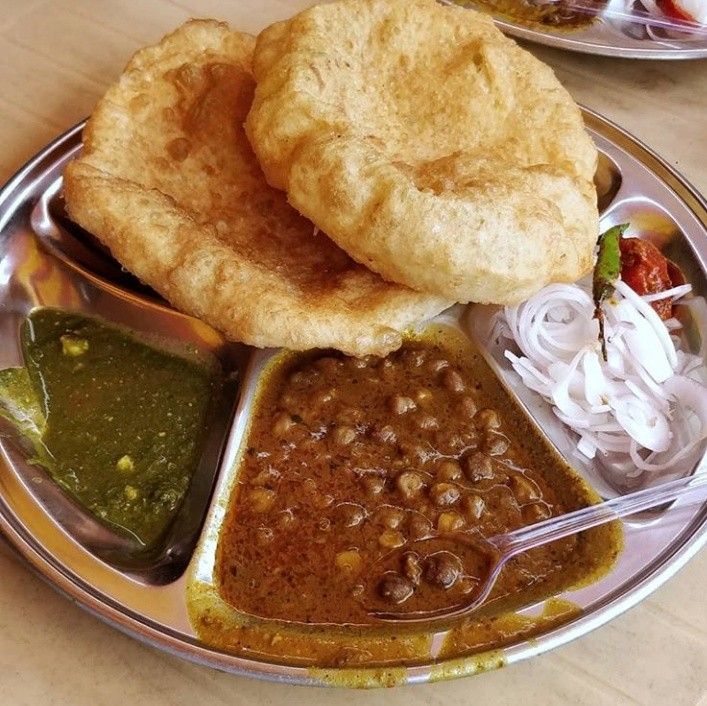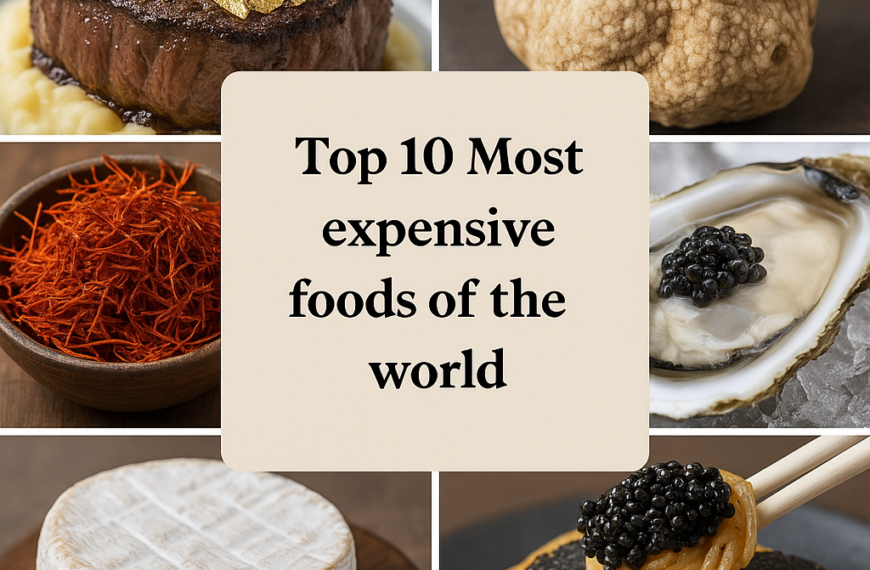Introduction

Starbucks has become a household name, synonymous with high-quality coffee, warm ambiance, and delicious food options. But did you know that it all started as a small coffee shop in Seattle, Washington? Over the decades, It has grown into one of the largest coffeehouse chains in the world, offering not only coffee but an extensive menu of food items. From freshly baked pastries to protein-packed breakfast sandwiches, It has made its mark on the food industry as well. In this article, we’ll take a deep dive into the food history of Starbucks, exploring how the company expanded beyond coffee and into the culinary world, transforming the way people enjoy their meals on the go.
Early Days and Founding
The story of Starbucks began in 1971 when three partners—Jerry Baldwin, Gordon Bowker, and Zev Siegl—opened their first store at Pike Place Market in Seattle. Initially, It was not a café but a store that sold high-quality coffee beans and equipment. Inspired by their love for coffee, the founders aimed to bring premium coffee to American consumers.
However, Starbucks as we know it today started to take shape when Howard Schultz joined the company in 1982. Schultz, inspired by Italian coffee culture, envisioned this brand as a coffeehouse where people could gather and enjoy handcrafted espresso-based beverages. His dream led to the introduction of freshly brewed coffee and food options, setting the stage for its future transformation into a café-style business.
Schultz’s vision was bold, and in 1987, he purchased Starbucks and began expanding its reach. He rebranded it into a place that offered more than just coffee—it became a welcoming space where people could relax, work, or socialize over food and drinks. This shift led to the introduction of a more diverse menu, including pastries, sandwiches, and snacks, which quickly gained popularity among customers.
Growth and Success
As Starbucks expanded its presence across the United States in the late 1980s and 1990s, it also broadened its menu. The introduction of freshly baked goods, breakfast items, and seasonal specialties helped this brand differentiate itself from competitors. Here’s how this brand evolved in the food industry:
- Bakery Items: It introduced croissants, muffins, scones, and cookies, making it an ideal stop for morning commuters looking for a quick bite.
- Breakfast Options: The company added hot breakfast sandwiches, catering to customers who wanted a more filling meal with their coffee.
- Packaged Snacks: As people sought convenient and healthier options, Starbucks began offering protein boxes, nuts, and yogurt parfaits.
- Seasonal and Limited-Time Offerings: This brand mastered the art of creating hype around seasonal items like the famous Pumpkin Spice Latte and Cranberry Bliss Bar, drawing in customers year after year.
By the early 2000s, The brand had become a dominant force in the food and beverage industry. Its menu continued to grow, introducing gluten-free, dairy-free, and plant-based options to cater to a wider audience. With its cozy store design and premium food selection, Starbucks transformed into more than just a coffee shop—it became a lifestyle brand.
Challenges and Transformations
Despite its success,It faced several challenges along the way. The company encountered major hurdles, such as:
2008 Financial Crisis:
The global recession forced this Coffee Giant to shut down several stores due to declining sales. However, the company bounced back by refocusing on its core values—quality and customer experience.
Health and Wellness Trends:
As customers became more health-conscious, Starbucks adapted by reformulating its food recipes, removing artificial flavors, preservatives, and high-calorie ingredients.
Sustainability Concerns:

With growing awareness about environmental issues, Starbucks committed to ethical sourcing, recyclable packaging, and reducing food waste.
To stay relevant, Starbucks embraced digital technology by introducing mobile ordering, delivery services, and personalized recommendations through its app. These innovations not only made food ordering more convenient but also strengthened customer loyalty.
Heritage and Impact
Today, this Coffee Powerhouse operates in over 80 countries and has played a major role in shaping global coffee and food culture. The company’s legacy includes:
Setting Industry Standards:
Starbucks revolutionized how coffee and food are consumed, emphasizing premium quality, ethical sourcing, and an inviting atmosphere.
Popularizing Seasonal Trends:
The launch of items like the Pumpkin Spice Latte and holiday-themed baked goods has made seasonal treats a cultural phenomenon.
Sustainability Initiatives:
Starbucks continues to lead the way in promoting eco-friendly packaging, plant-based options, and responsible ingredient sourcing.
It’s ability to adapt, innovate, and maintain a strong brand identity has kept it at the forefront of the food and beverage industry. Whether you’re grabbing a quick croissant with your morning coffee or enjoying a protein box for lunch, this Caffeine Hub has seamlessly integrated food into its identity, making it a go-to destination for millions of customers worldwide.
Fun Facts
- The Pumpkin Spice Latte (PSL), introduced in 2003, is one of Starbucks’ most successful seasonal drinks.
- This Global Coffee Chain sells more than 4 million breakfast sandwiches every week in the U.S.
- The brand’s signature Cake Pops became a fan-favorite after their launch in 2010.
- It introduced its first plant-based breakfast sandwich in 2020, catering to the growing demand for meat alternatives.
Conclusion
From its modest beginnings in Seattle’s Pike Place Market to its global dominance, Starbucks has evolved into far more than just a coffee shop. It has set the bar high for both coffee and food, constantly innovating to meet the changing preferences of customers.
With a focus on quality, sustainability, and convenience, this coffee giant continues to redefine the coffeehouse experience, proving that food and coffee are the perfect pairing. Whether you’re a fan of their signature bakery items, hearty breakfast sandwiches, or trendy seasonal treats, there’s no denying that it has left an undeniable mark on the food industry.
















